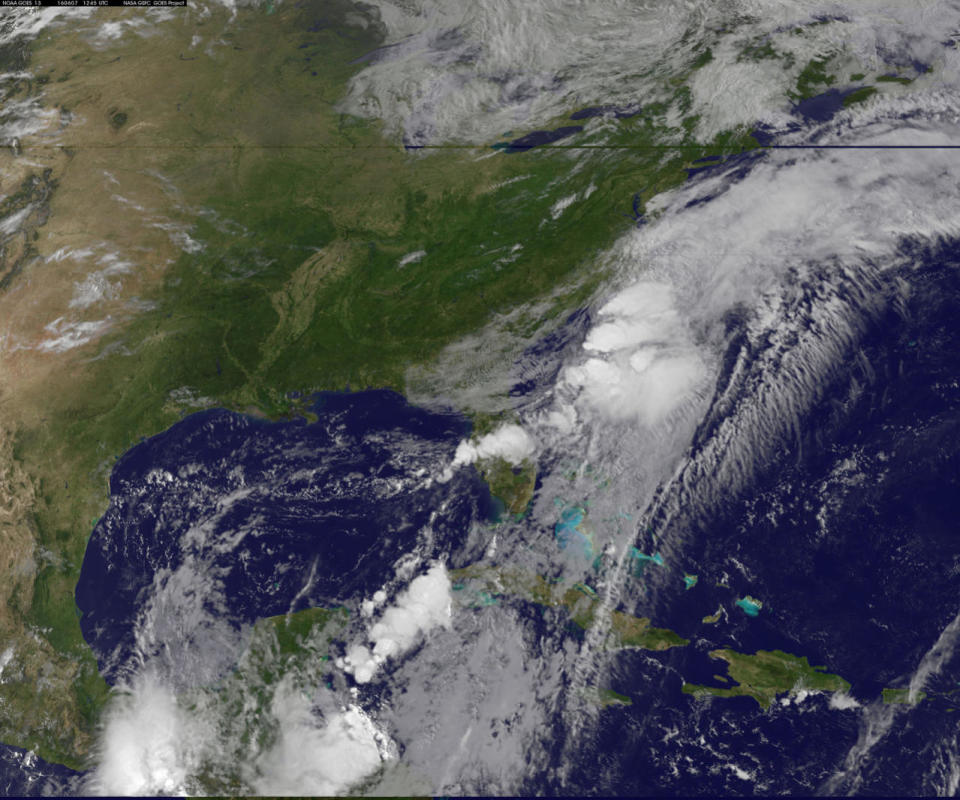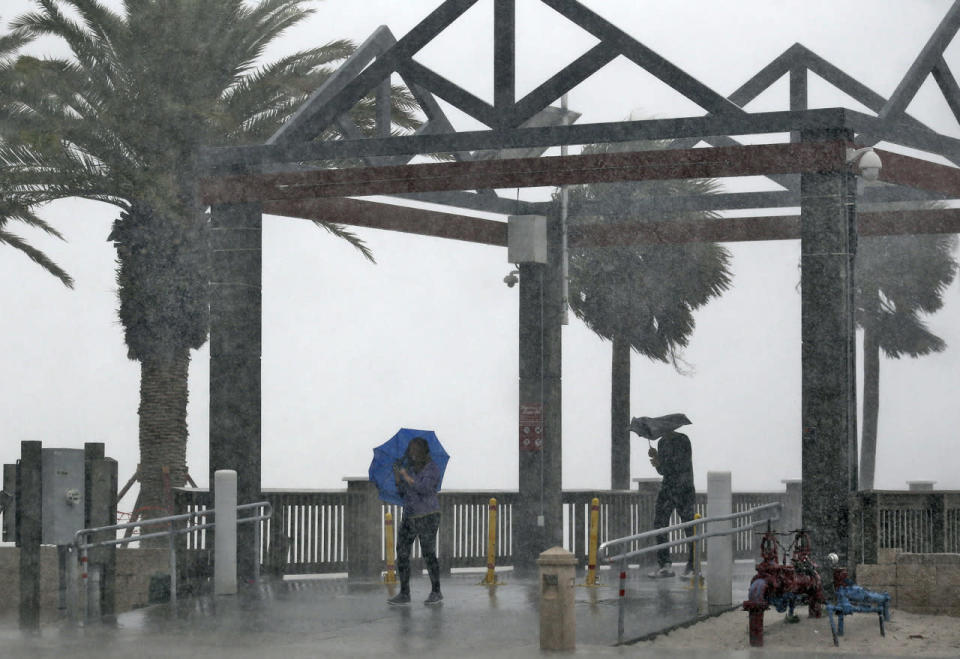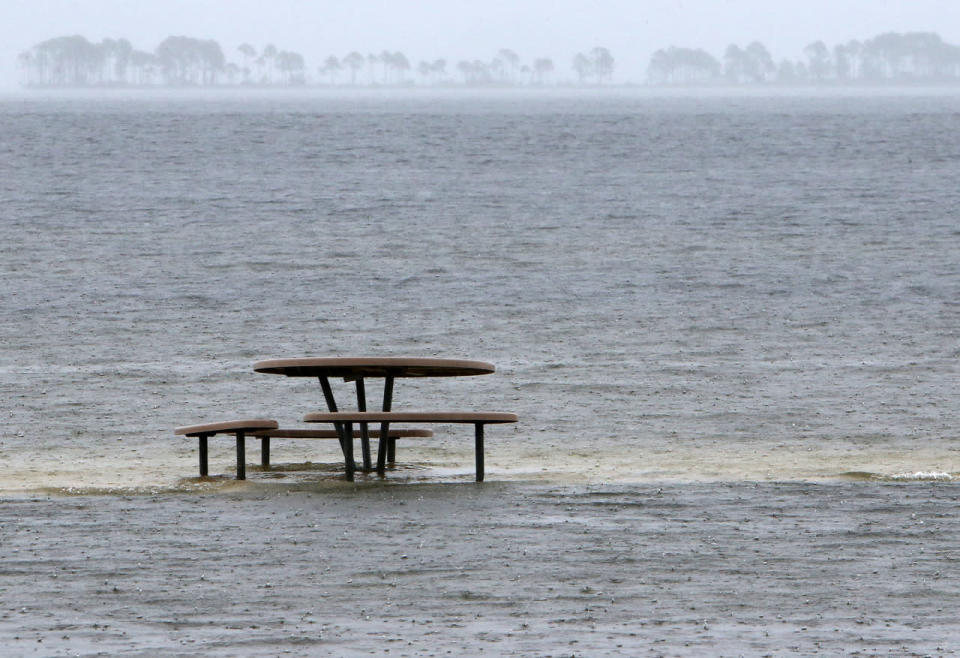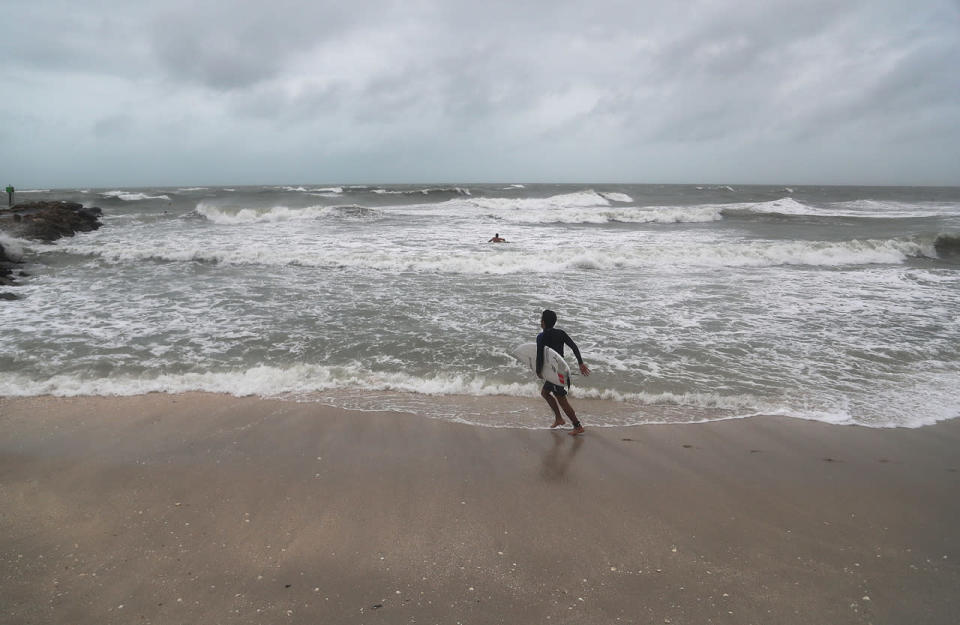Tropical Storm Colin
Colin dissipated off coastal North Carolina on Tuesday after blasting torrential rains and winds across a broad swath of the U.S. Southeast, with Florida receiving the brunt of the impact from the tropical storm, the National Hurricane Center said.
The storm, now a post-tropical cyclone, was 120 miles (190 km) southwest of coastal North Carolina at 11 a.m. EDT (1500 GMT). As it moved off to sea, it contained winds up to 60 miles per hour (95 kph), according to the Miami-based forecaster.
Severe weather could affect North Carolina’s Outer Banks for several hours more and bring more rainfall to drenched Florida.
The storm made landfall in northwest Florida early Tuesday and swept across Georgia on its path to the Atlantic, affecting coastal South and North Carolina, according to the National Weather Service.
Some of Colin’s greatest impacts were removed from its direct path. The storm dumped as much as 10 inches of rain on Florida communities around Tampa, Tallahassee and Gainesville, according to the National Weather Service.
Roads and some coastal areas flooded in parts of Florida. The threat of floods remained a concern on Tuesday in the Tampa Bay region, which saw some of the heaviest sustained rainfall.
Tampa continued to supply sandbags to residents on Tuesday, with one to five inches more rain expected into the evening. Some flooded roads remained closed throughout the region.
Before the storm hit, Florida Governor Rick Scott declared a state of emergency in 34 of the state’s 67 counties.
Colin also threatened crops in Florida, the country’s biggest citrus producer, which sent U.S. orange juice futures on Monday to their highest in more than two years.
The storm is part of a brisk start to the Atlantic hurricane season that runs through Nov. 30. Over the U.S. Memorial Day holiday weekend, the Carolinas were lashed by heavy rain and winds from Tropical Storm Bonnie. (Reuters)
Find more news-related photo galleries on the Yahoo News Photo Tumblr!















